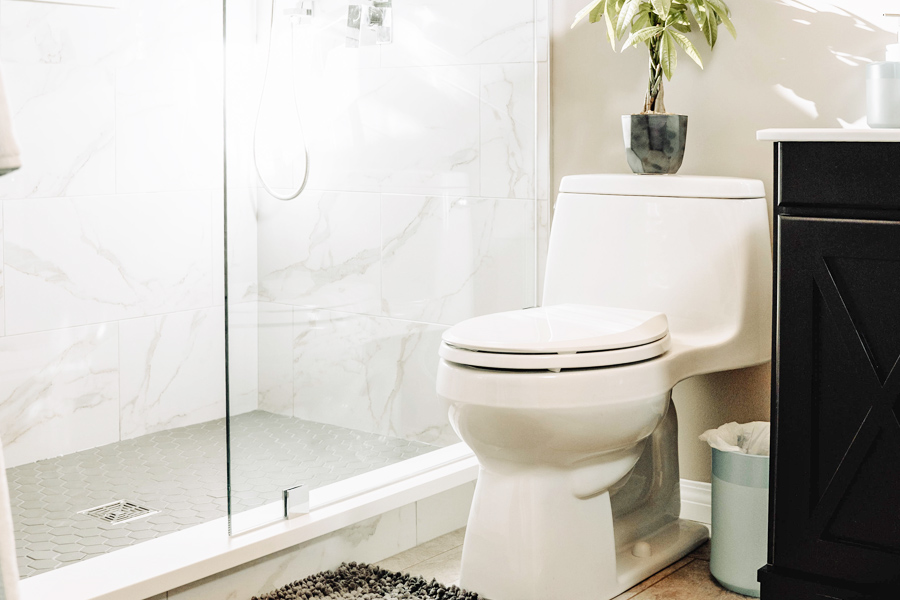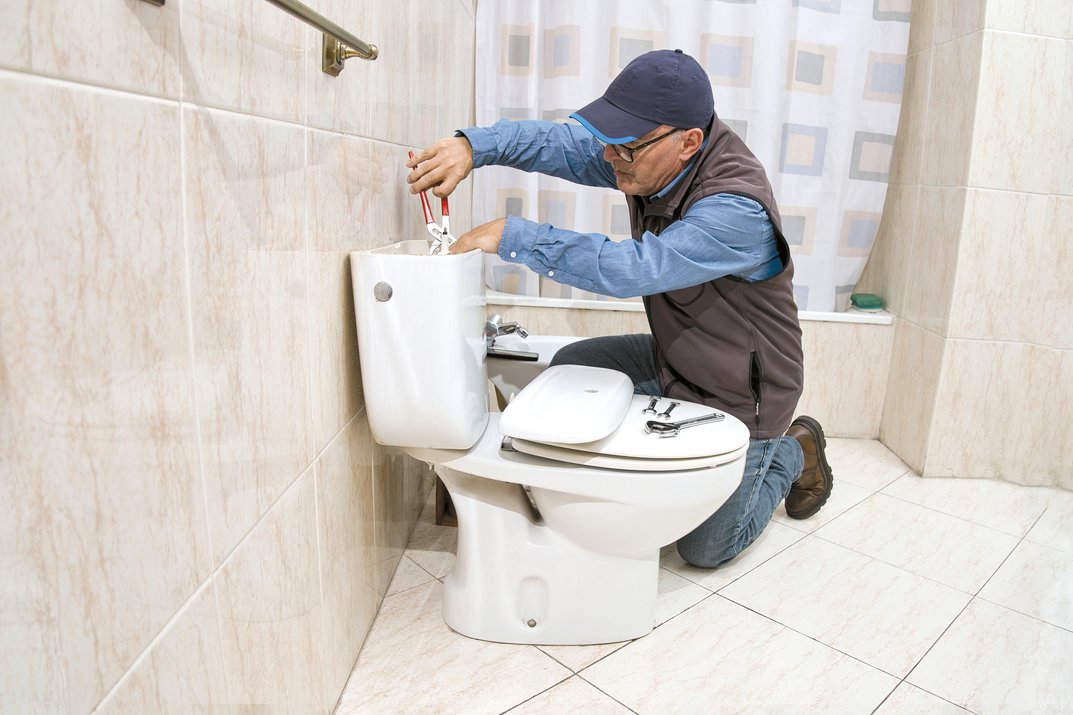The advent of water-saving toilets has transformed the way we think about bathroom efficiency and environmental impact. But with this transformation comes a pressing question: Can water-saving toilets prevent clogs? For anyone working in the industry, especially in Quality Assurance (QA), understanding the intricacies of these innovative fixtures is crucial.
In this article, we'll explore the mechanics behind modern water-saving toilets, how they compare with traditional models, and assess whether they truly help in preventing clogs. The importance of this cannot be overstated for QA professionals aiming to ensure both environmental sustainability and operational efficiency.

The Mechanics of Water-Saving Toilets
To understand the potential of water-saving toilets, we must first delve into their mechanics. Unlike conventional toilets, which use a standard 1.6 gallons per flush (GPF), water-saving models can utilize as little as 0.8 to 1.28 GPF. This efficiency is achieved through advanced flushing technologies, such as dual-flush systems that allow users to choose between a full or partial flush, depending on the waste type.
For a deeper understanding of how these systems work, you can explore more about dual-flush toilet mechanisms. The design is intended to optimize water usage without sacrificing performance, thanks to improved bowl design and strategic water flow.
Benefits of Water-Saving Toilets
The primary advantage of water-saving toilets is their reduced water consumption, which not only helps in conserving a valuable resource but also leads to significant cost savings on water bills. This aspect is particularly crucial for industries aiming to reduce operational costs while maintaining environmental responsibility.
Furthermore, by understanding toilet water efficiency ratings, QA professionals can better evaluate and recommend the most efficient models for various settings.
Do Water-Saving Toilets Really Prevent Clogs?
Despite the benefits, a common concern is whether the reduced water flow in these toilets leads to more frequent clogs. The truth is, while no toilet is entirely clog-proof, water-saving toilets are designed to minimize this risk. The enhanced flushing technology, combined with improved trapway design, often results in a powerful flush that can efficiently handle waste.
However, the effectiveness of these toilets in preventing clogs can vary depending on factors such as the type of waste and usage patterns. For industries, conducting thorough environmental impact assessments is vital to determine the most suitable toilet models that balance water savings with performance.
Factors Influencing Clog Prevention
Several factors influence the ability of water-saving toilets to prevent clogs:
- Flush Technology: Advanced technologies like pressure-assisted flushing can enhance waste removal efficiency.
- Installation Quality: Proper installation is critical for optimal performance. Misaligned components can increase clog risks.
- Usage Patterns: Frequent use with inappropriate waste (e.g., non-flushable items) can negate the benefits of any toilet model.
Case Studies and Industry Insights
Many businesses have successfully implemented water-saving toilets as part of their sustainability initiatives. For instance, a significant hotel chain reported a 30% reduction in water usage after replacing traditional models with water-saving ones, without compromising guest satisfaction. This demonstrates the potential for these toilets to make a substantial impact in high-use environments.
For more insights into how industries are adapting, check out this guide on water-saving toilets.
Conclusion
In conclusion, the question of whether water-saving toilets can prevent clogs is complex. While they are not entirely immune to clogs, advancements in technology have significantly reduced this risk. By choosing the right model and ensuring proper installation and maintenance, industries can enjoy the dual benefits of water conservation and effective waste management.

FAQ
1. Are water-saving toilets more expensive to install?
While initial costs may be higher compared to traditional models, the long-term savings on water bills and potential rebates can offset these expenses.
2. How do I choose the right water-saving toilet?
Consider the dual-flush options, efficiency ratings, and the specific needs of your environment to make an informed decision.
3. Can water-saving toilets be used in older buildings?
Yes, with the right installation adjustments, these toilets can be integrated into older plumbing systems.






